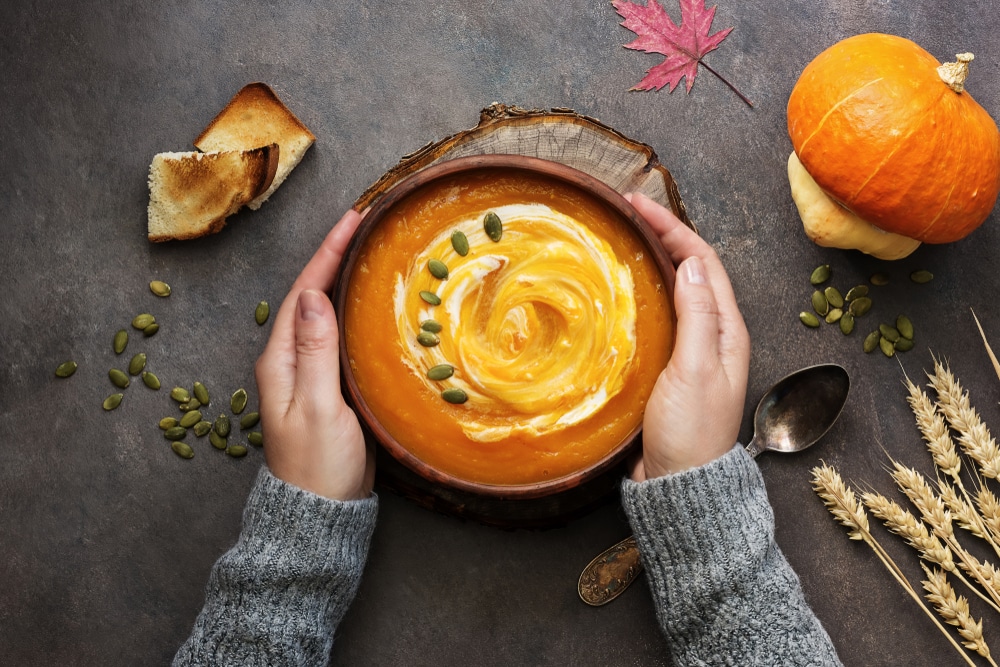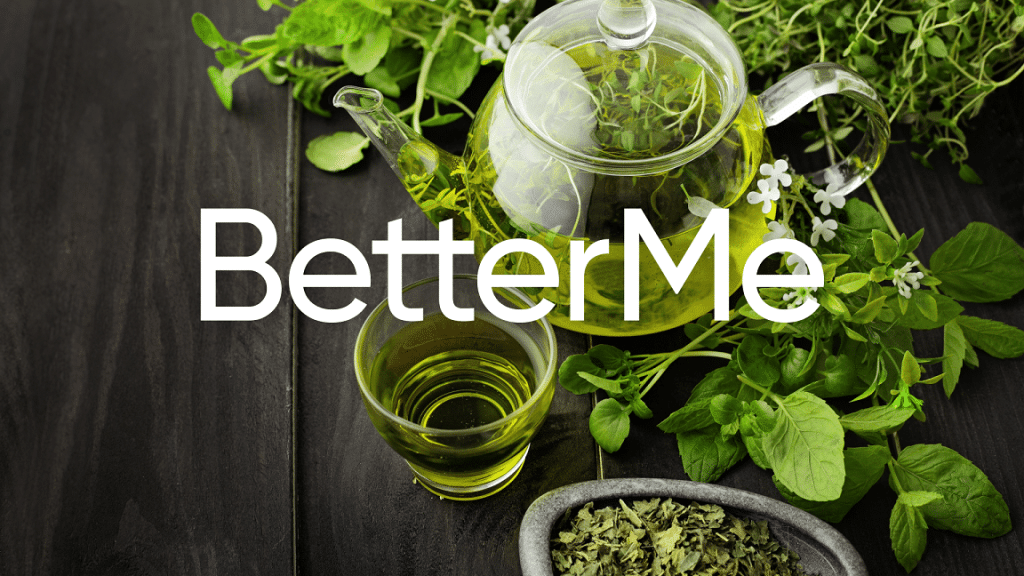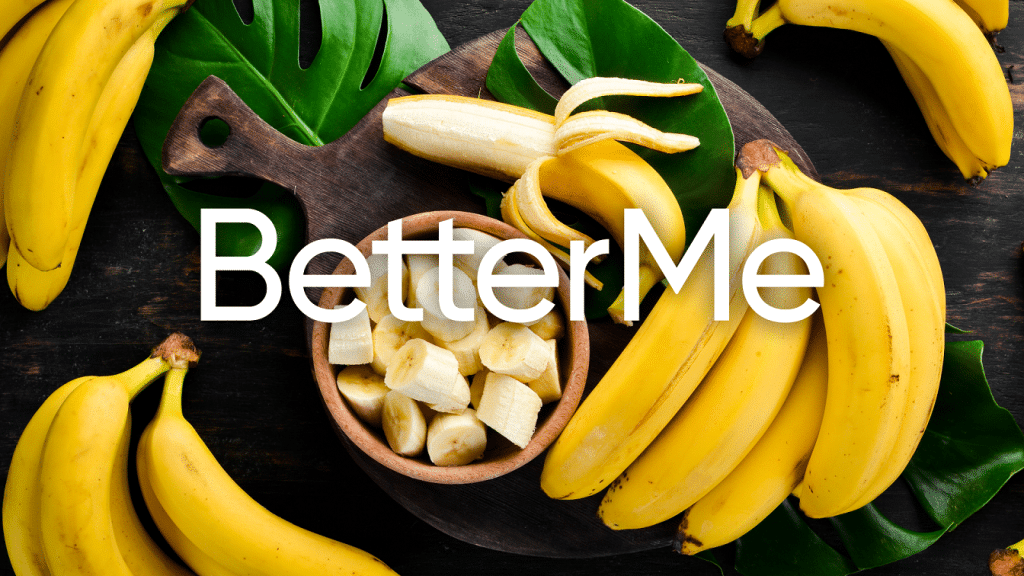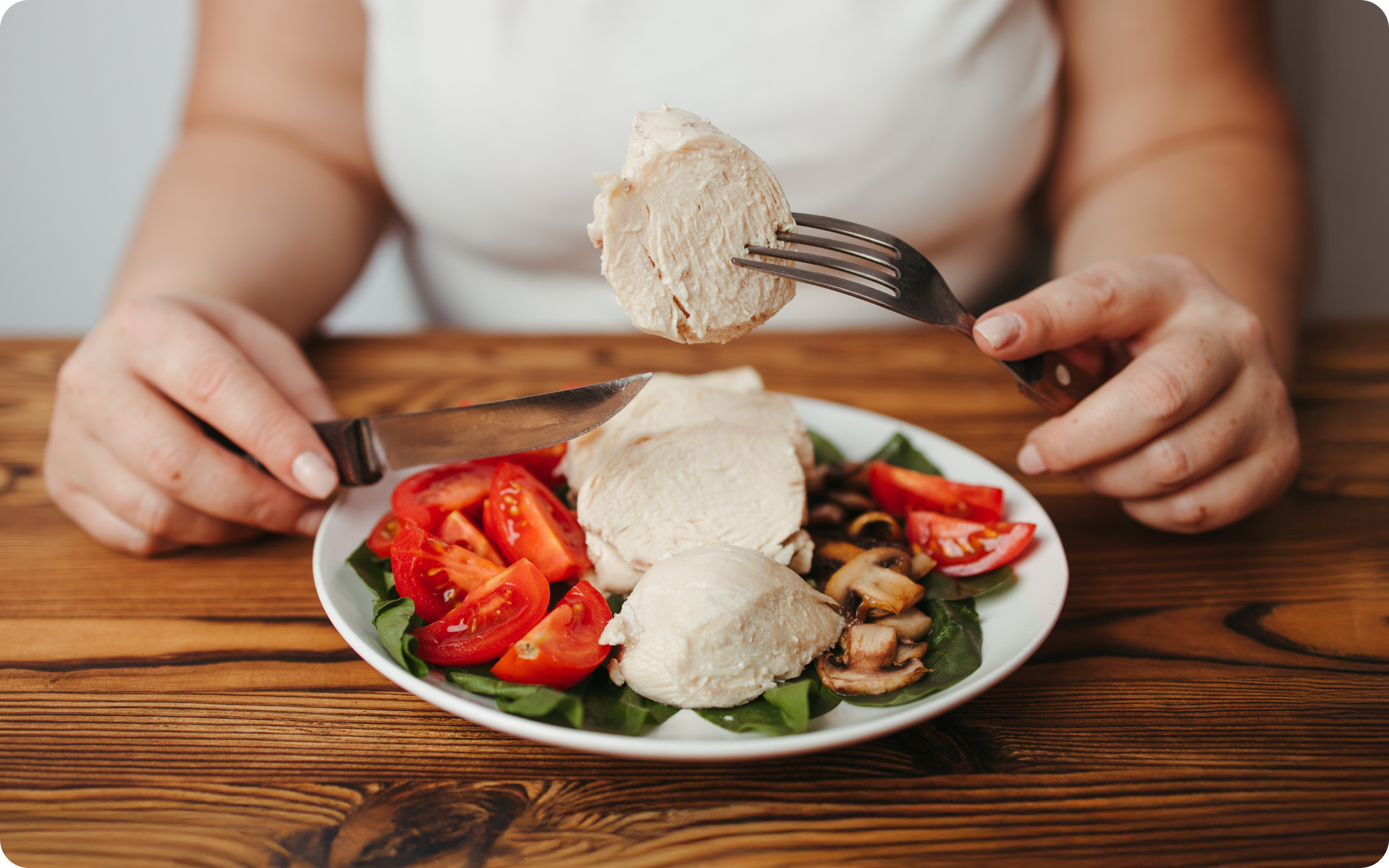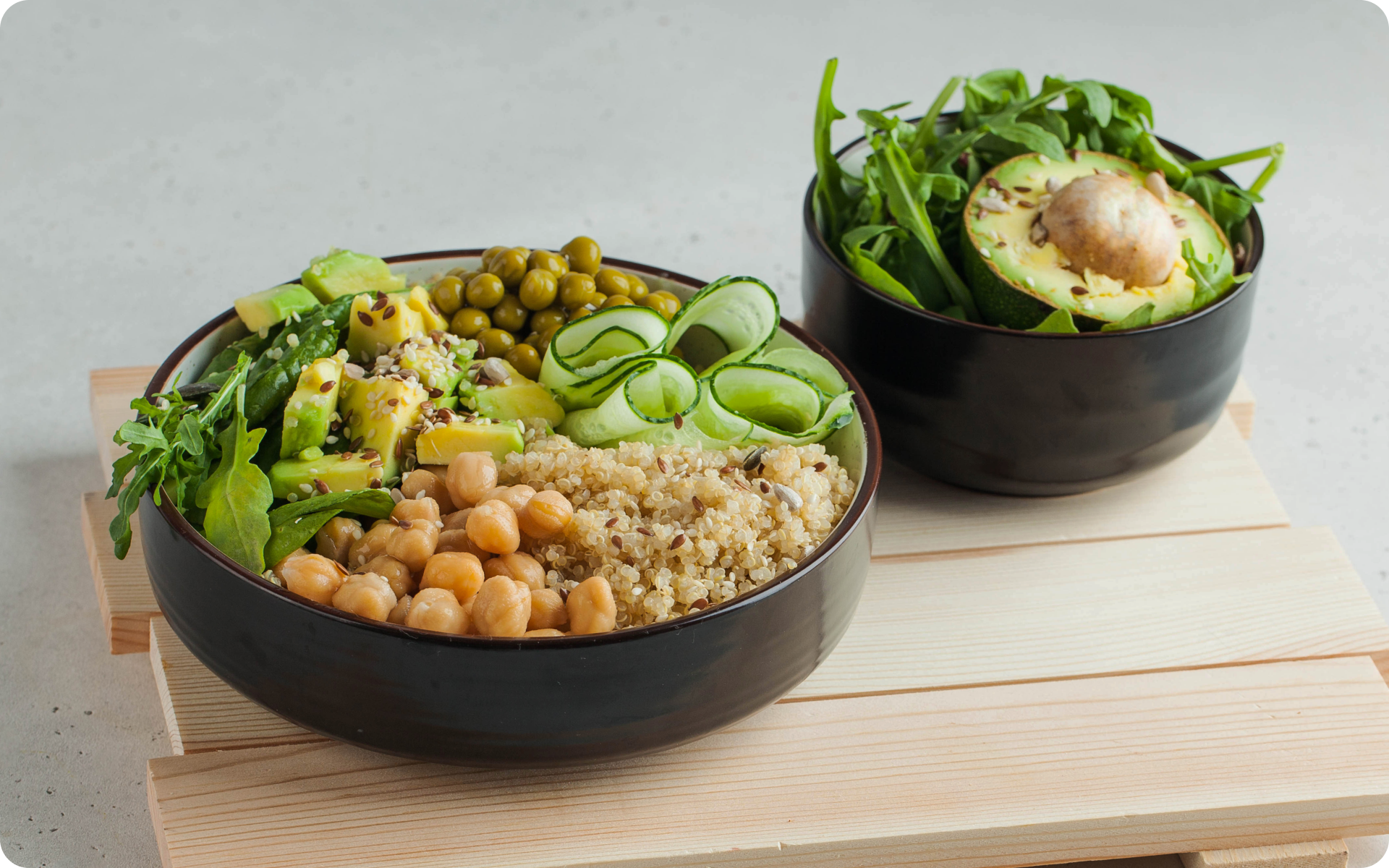What Is The Bland Diet?
The Bland Diet is a diet specifically designed for people who suffer from digestive disorders such as peptic ulcers, heartburn, and gastritis. People usualy get on it after a thorough physical examination and a consultation with a doctor who’s familiar with their previous medical history.
The reason for this diet is to make the digestion process easier for your body and let your stomach recover from flare-ups. It does this by mitigating inflammation and diarrhea as well as relieving nausea and vomiting (3). This diet consists of foods low in fiber and fat since they help digestion along and are considered to be much easier on your stomach. Spices and heavy seasonings, which may exacerbate the symptoms and increase affliction, are outside the diet plan.
If you wish to free yourself from all the extra pounds that have been weighting you down for way too long, start using the BetterMe app and overhaul your entire life!
Foods To Eat
Once again, a consultation with your doctor before following the Bland Diet is necessary. The foods on the list are commonly good for the Bland Diet, yet some of them may not be appropriate for your precise health issue.
- Low-fat and fat-free milk, yogurt and cheeses are suitable. Nonetheless, for some patients, dairy in general may provoke amplification of symptoms.
- Some particular vegetables such as pumpkins, peas, carrots, green beans, white or sweet potatoes. Don’t eat them raw, opt for boiling or steaming instead. Shun veggies which cause gas like Brussels sprouts, broccoli, cabbage, and cucumber.
- Low-fiber fruits like bananas and melons with no seeds are appropriate. Fiber-rich and acidic fruits like all berries, grapes, oranges, lemons, and grapefruits can trigger heartburn.
- Refined grains. Unless you have gluten intolerance, choose white bread, pasta, and processed oatmeal. Avoid all whole grains.
- Skinless chicken, fish, shellfish and silken tofu are all good options. Avoid prepared foods like tacos, everything fatty and fried.
- All alcohol and caffeinated drinks.
Read More: Different Types Of Diets: The Lowdown On The Most Talked-About Weight Loss Strategies
Tips For The Bland Diet
- Choose foods that are easy to chew. Prepare one of a myriad of delicious cream soups, for example.
- Eat less, slowly, and more often. Opt for small portions and don’t eat right before going to sleep.
- The Bland Diet’s foods may cause constipation. Drink plenty of water during the day.
- Drink after, not during the meal to ease the process of your digestion and not fill yourself with liquid instead of nutrients.
Consequently, it is necessary to pinpoint that the Bland Diet is not suitable for losing weight or for permanent adherence. For instance, high-fiber products are essential for weight loss (2) and healthy menu, but are hard to digest, and, therefore, may have adverse effects on your condition. Similarly, whole grains are extremely beneficial for you (4, 1), yet they are prohibited on the Bland Diet.
If you are looking for a healthy daily diet or a diet for weight loss, this is not a great option for you. The Bland Diet is a diet to help your stomach recover after digestive flare-ups or episodes due to ulcers, heartburn, GERD, etc. And it should be planned carefully with your doctor.
Get your personalized
meal plan!
DISCLAIMER:
This article is intended for general informational purposes only and does not address individual circumstances. It is not a substitute for professional advice or help and should not be relied on to make decisions of any kind. A licensed physician should be consulted for diagnosis and treatment of any and all medical conditions. Any action you take upon the information presented in this article is strictly at your own risk and responsibility!
SOURCES:
- Consumption of cereal fiber, mixtures of whole grains and bran, and whole grains and risk reduction in type 2 diabetes, obesity, and cardiovascular disease. (2013, ncbi.nlm.nih.gov)
- Glucomannan and obesity: a critical review (2005, ncbi.nlm.nih.gov)
- Low-Residue and Low-Fiber Diets in Gastrointestinal Disease Management (2015, ncbi.nlm.nih.gov)
- Whole-grain intake as a marker of healthy body weight and adiposity. (2008, ncbi.nlm.nih.gov)

